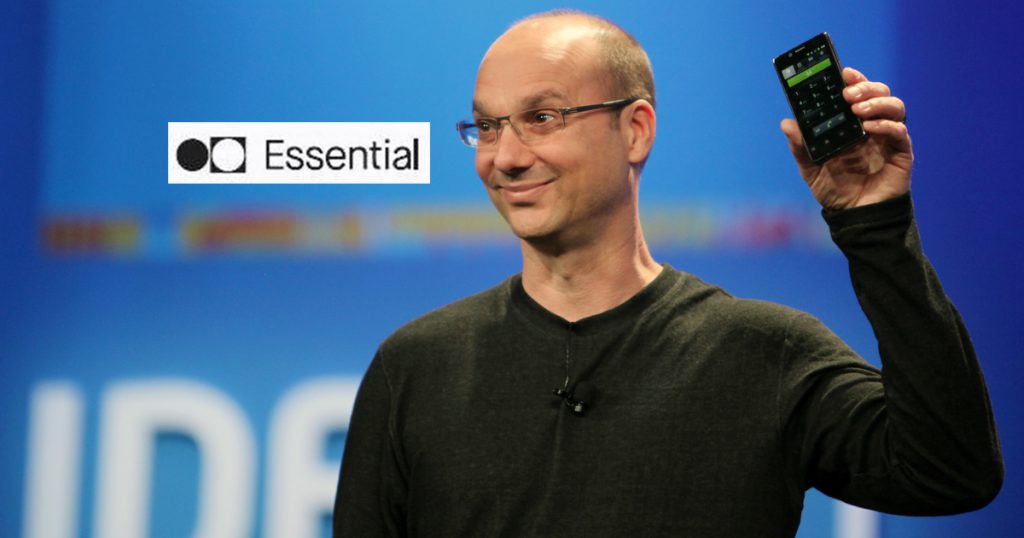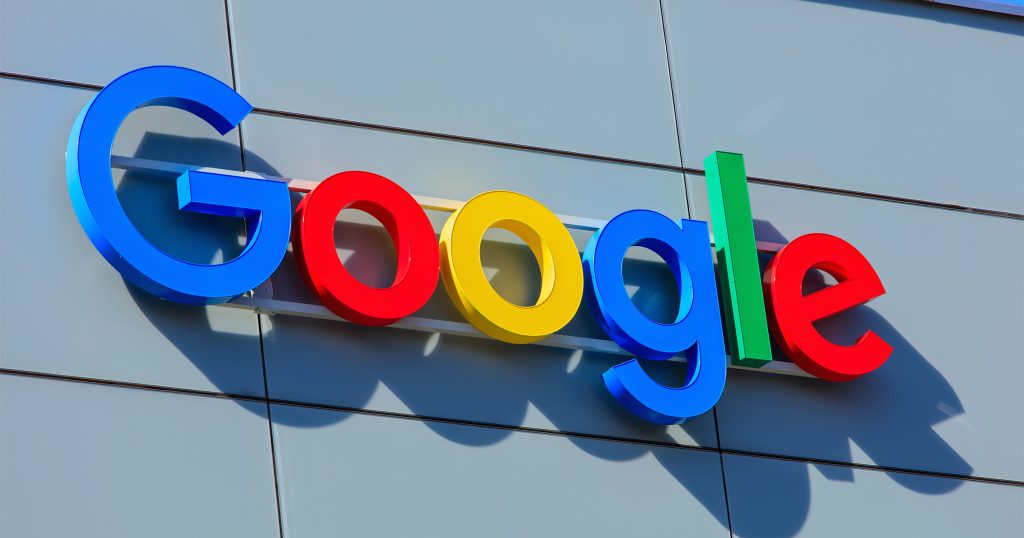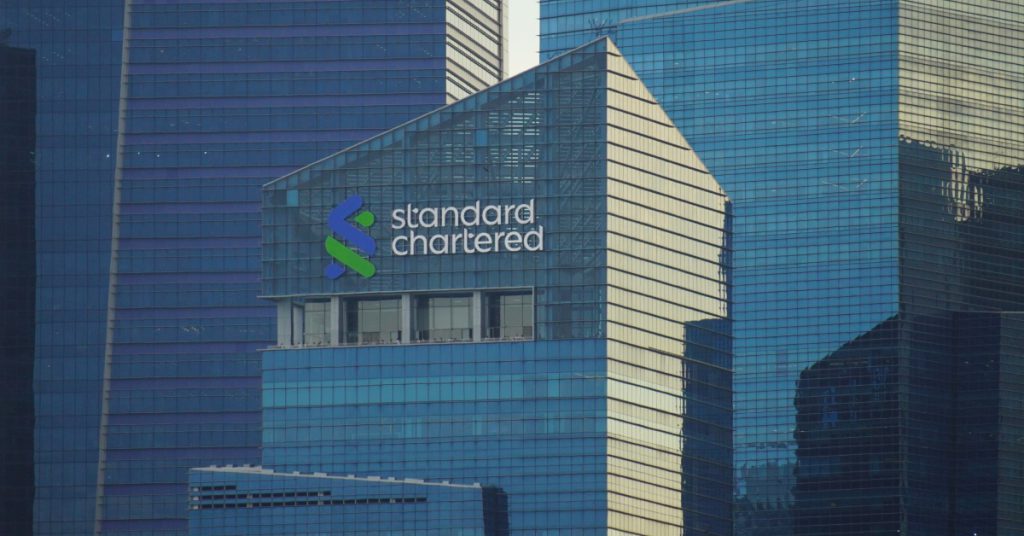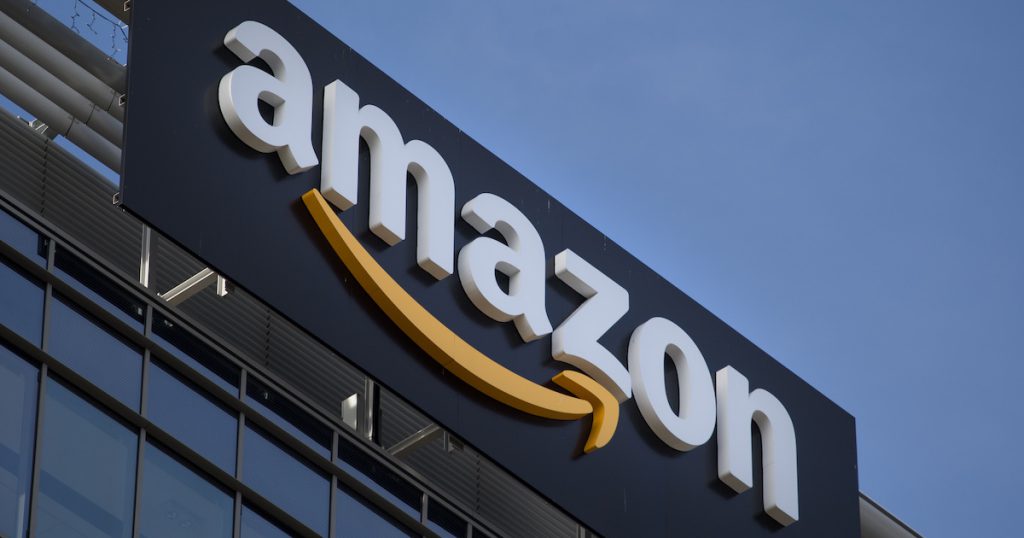Android, if you didn’t know, isn’t something Google owned from the start.
Originally a startup founded by Andy Rubin, Rich Miner, Chris White, and Nick Sears, they were on a mission to develop a truly open source mobile phone software to disrupt the monopoly by carriers.
You’ve probably read on the internet that co-founder and ex-Google Vice President Andy Rubin is making a comeback two years after leaving the tech giant that bought his startup.
His new startup is called Essential, and he is now tackling the hardware side of things in a bid to challenge the status quo with the power of artificial intelligence.
But before we dive into his latest venture, here are some things you should know about Android’s co-founder.
He Once Worked At Apple

Isn’t it an irony that the creator of Android was once an Apple employee?
Not in Andy Rubin’s case.
A tech veteran of over 30 years, he has worked at Carl Zeiss dealing with consumer optics and robotics, an unnamed robotics company in Switzerland, Apple, General Magic (an Apple company), and Microsoft until 1999, before starting his first company Danger Inc. prior to Android.
At Apple, he was a manufacturing engineer, and later as an engineer in a spinoff company called General Magic where they were exploring “hand-held computing and communication devices”. His first true taste of mobile phones, though, came via his first startup Danger Inc. with their Danger Hiptop, perhaps the very first ancestor of Android.
It also marks the beginnings of the partnership with Chris White(ex-interface designer for WebTV) and Nick Sears (a former T-Mobile executive), and the three of them managed to convince T-Mobile to sell their device – popularly known as the Sidekick.
He Was Constantly Trying To Keep Android Afloat

Android wasn’t always the dominant force that we know today. Back in its early beginnings in 2003, it was a startup nearly depleted of funds to further their research and development, and was constantly trying to convince Venture Capitalists with their product.
Their premise was simple, to offer phone manufacturers free software, of which the carriers will in turn buy the devices from manufacturers. This open-source software can be modified according to the individual manufacturers and carriers to suit their needs and tastes (sounds familiar?).
How Android made money was to then sell “value-added services” to the carriers to add on to the software. This unfortunately was an era where US carriers were unwavering in their stance to let Android in.
He Found Salvation With Google

Hearing about the great work Andy Rubin had done with the Sidekick, Google co-founder Larry Page instructed his team to get in touch with them. Android was often branded as a crazy idea back then, but found itself an equally crazy supporter in Larry Page.
Impressed with the software, as well as the Sidekick, Larry offered a lifeline to Android and said that Google was willing to “help”. In a short span of 6 months that involved countless meetings, product demonstrations, disagreements and decision making among Android’s founders, they finally moved into Google on 11 July 2005 in a deal worth at least US$50 million.
In its early days, Android was still pretty much a startup within the larger Google ecosystem, preferring to stay separated. When explaining what they do to other Google employees, the team at Android would often be met with sarcasm. Google at the time were building apps for other operating systems (think Nokia and Blackberry), while Android on the other hand wanted Google to have their own operating systems with their own apps.
Thankfully, it stayed that way as Android quietly manifested in both software and hardware.
Steve Jobs Disliked Andy Rubin

However, Android’s path to launching their own phone and operating system was held back by one thing, the launch of the very first iPhone 10 years ago.
Compared to the iPhone, the G1 by Android and HTC had an interface that looked like something out of the 1990s, but it was the only proof-of-concept that Google had with the very first iteration of the Android operating system.
So they went back to the drawing board, re-worked the Android OS, and released the G1 to the mass market at the end of the year that the iPhone came out, much to the ire of Steve Jobs.
Steve Jobs called Google’s first attempt as a “f-ing rip-off” in the book “Dogfight: How Apple and Google Went to War and Started a Revolution” by Fred Vogelstein.
The fact that Google’s then CEO Eric Schmidt was also on the Board of Directors at Apple didn’t help either. Andy Rubin was labeled as “anti-innovation” as he was summoned to a meeting with Steve Jobs along with Larry Page and key members of the iPhone and Android teams.
Google then compromised, and tweaked the Android OS enough for Apple’s approval.
Andy Rubin Left Google

Android still somehow managed to survive, and in the post G1 era, their first major success came when Motorola started building their own Android-powered devices. The very first Motorola Droid made sure to leave an imprint on the world that Android has arrived.
Thanks to Verizon and their marketing dollars, Droid after Droid iterations came from Motorola, with them increasing the popularity of the Android ecosystem. Down went Blackberry and Nokia, and soon, manufacturers all over the world were adopting Android to run their phones.
Andy Rubin would later be succeeded by Sundar Pichai as head of Android in 2013, after which he went into Google’s robotics division before finally leaving the company altogether a year later in 2014.
Post-Google, he founded a tech incubator in Playground Global based in Palo Alto with a focus on hardware-based startups, especially those in artificial intelligence. With a US $300 million fund backed by the likes of Google, HP, Foxconn, Seagate and Tencent and others, his company provided both funding and mentorship to the startups that they take in.
Hardware and artificial intelligence, two things which he has helped to nurture since he left Google will now be his latest venture.
Making An “Essential” Comeback

Andy Rubin is going back to his startup roots for the next phase of his career, and he already has all the patents and trademarks ready for its eventual unveiling.
His new startup is called Essential, and unlike Android where it was all about software, this new company will instead be doing hardware with an AI twist.
With a team of 40 assembled by bringing together some former Apple and Google employees, Essential will be developing a full range of mobile devices as well as smart home products which will work seamlessly with each other.
Many are expecting these devices to be based off the Android OS which he started, and the first of the bunch will be a smartphone, one that is aimed to challenge the might of Apple and Google’s offerings.
According to Bloomberg, Essential is setting its sights on Apple in particular, and their new phone will be a direct competitor with the iPhone’s Plus range. Think something like the Mi MIX, but with both Apple and Google’s aesthetics.
This news came as no surprise, as rumours of Andy Rubin developing his own smartphone already came as early as 2015.
Here’s sincerely hoping that the man who helped to create Android can make it big for this one, unlike a certain former Apple CEO whose own phone startup didn’t even make a dent in the world, despite targeting the low end.













